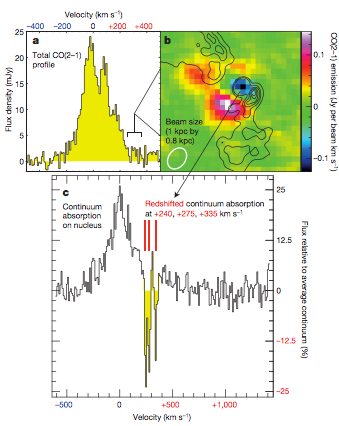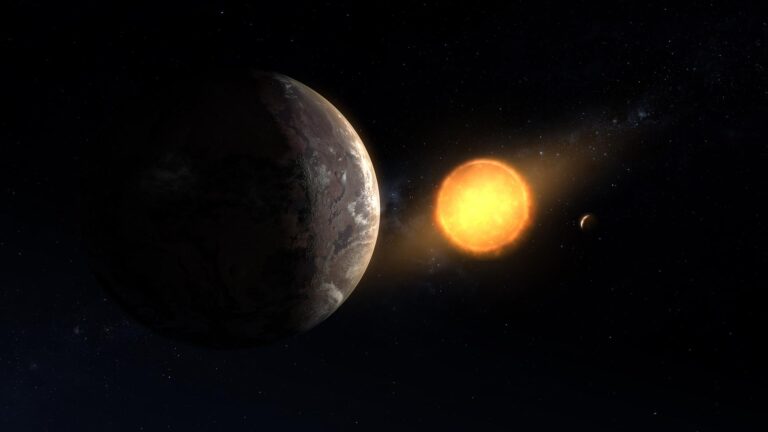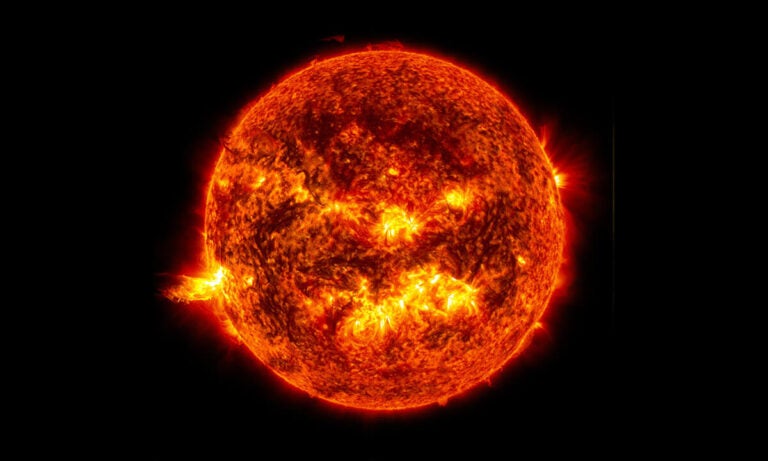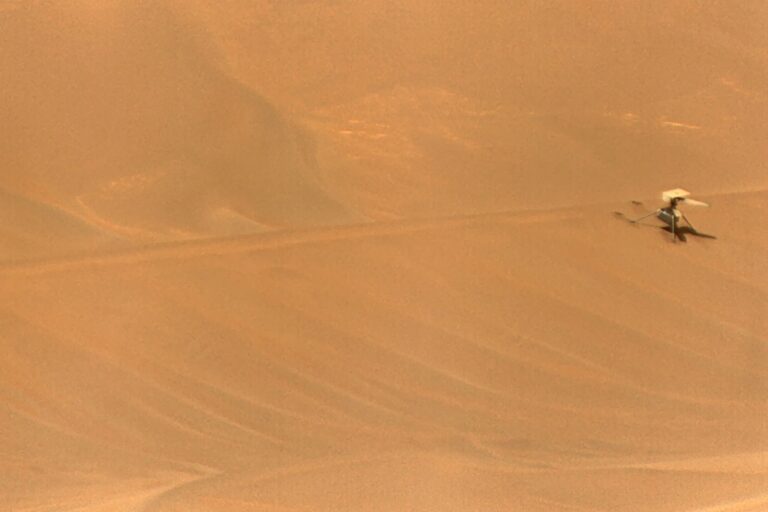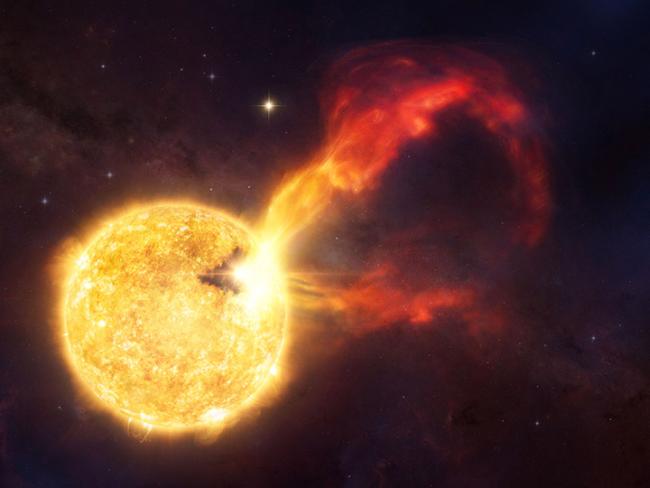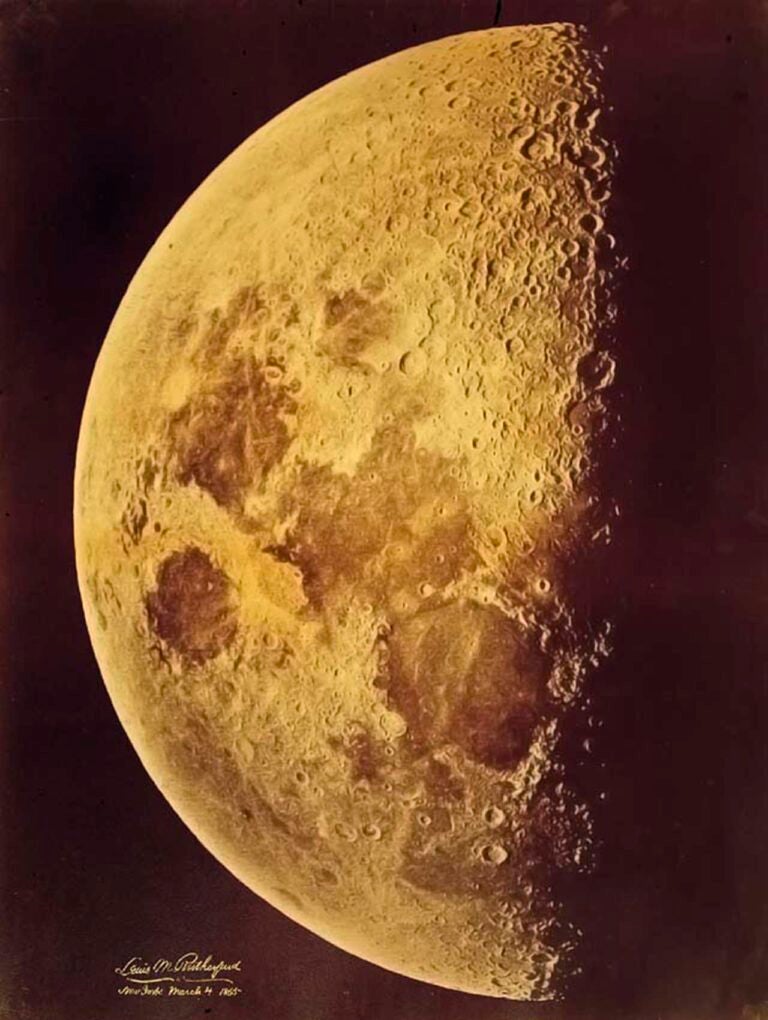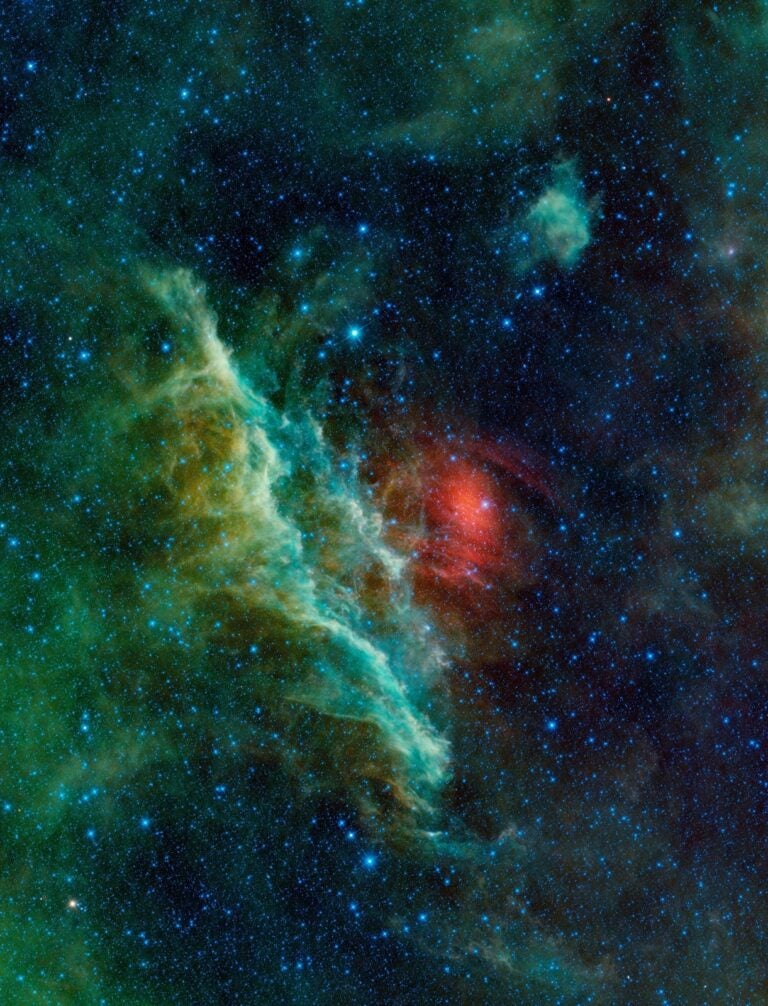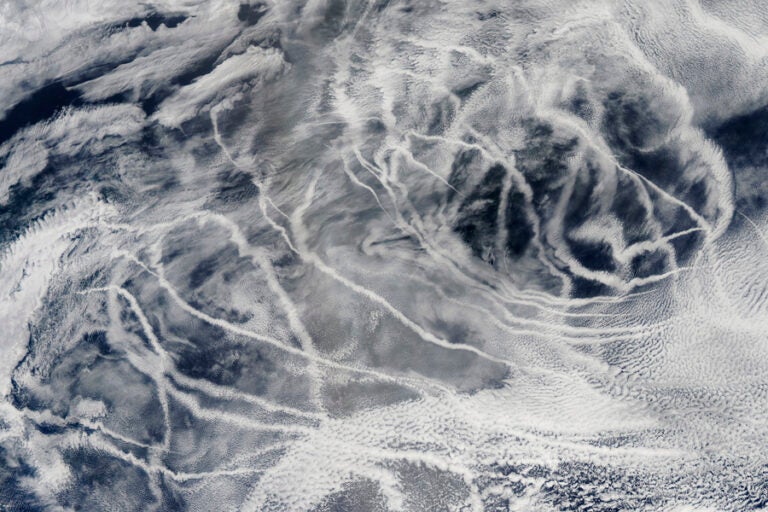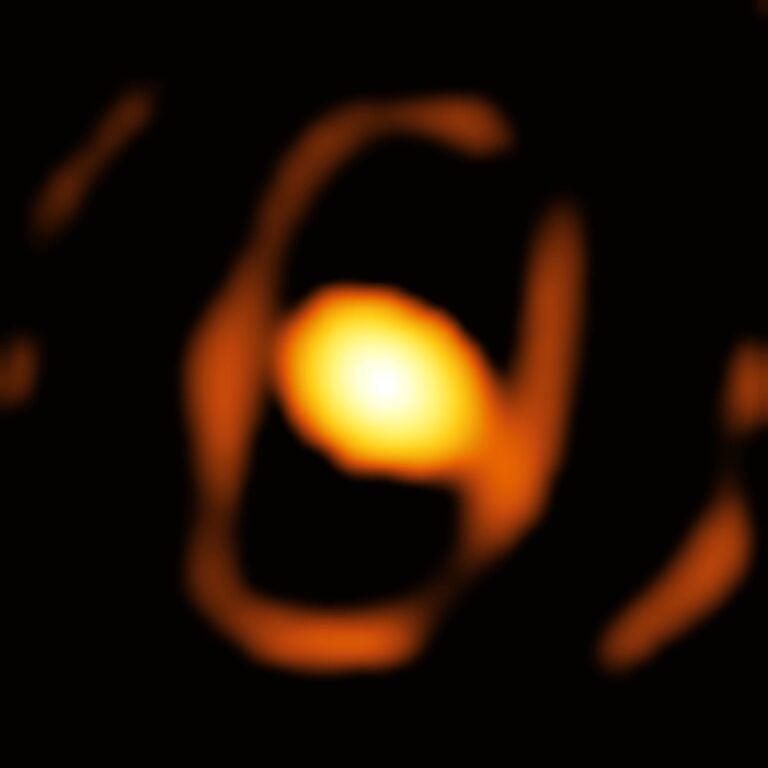Researchers working at the Atacama Large Millimeter/submillimeter Array (ALMA) caught a supermassive black hole at the center of a galaxy 1 billion light years away having a little snack of regurgitated cold gas clouds.
The process gives the researchers new insight into accretion, the method by which black holes take on more mass. Previously, most supermassive black holes were believed to feed on hot clouds of ionized gas coming from the “halo” around the center. But these observations showed the galaxy instead feasting on cold gas clouds that had re-congealed from previous galactic feasts.
“This so-called cold, chaotic accretion has been a major theoretical prediction in recent years, but this is one of the first unambiguous pieces of observational evidence for a chaotic, cold ‘rain’ feeding a supermassive black hole,” said Grant Tremblay, an astronomer with Yale University in a press release.
The research, published today in Nature, highlights the first time this sort of “rain” has been seen, with the cold matter dropping into the vicinity of the black hole in clumps rather than as a stream of gas. The clouds themselves were a little more like a hurricane: they were ten light years across and moving at 670,000 miles per hour, so it wasn’t exactly a slow drizzle.
The ALMA researchers can now fine tune their approach and find out if this second kind of black hole feeding frenzy is as common as they believe.


